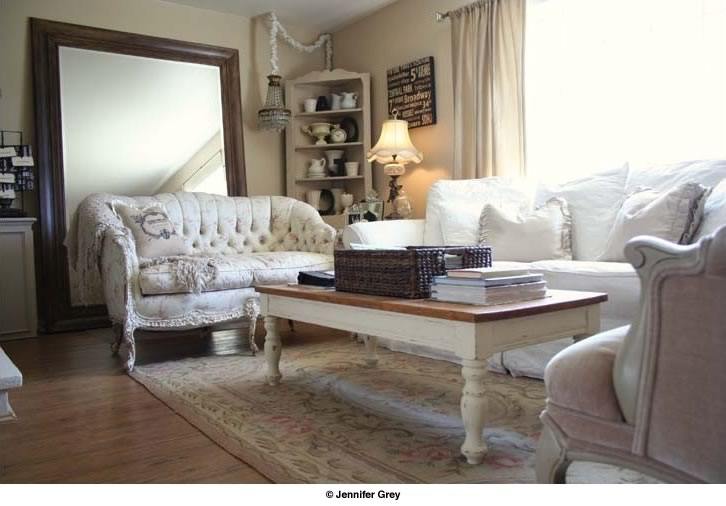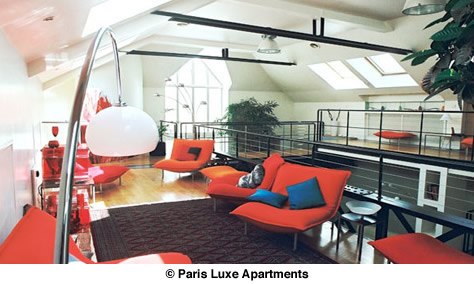So when can I ask you what your design philosophy? It's a little bit over the map. I must be honest about this sort of essentially, it goes like this. I feel that I really want to understand what my client's needs are. I want to understand what they wanted to their home. And I try and make a balanced strike a balance between their taste, their budget, and what the structure that I'm designing for, putting it all together. Yeah, I didn't feel that I have one particular look, like a fashion designer who has that look and you come to me for that look there, how designers who feel that and that's great. Yeah, they have a very, very strong Look. I'm out of one joule Look, I come to you, it's very easy it up. That's great. I really feel that I want my clients to feel comfortable in their, in their environments and to work for them and feel very proud of and also wanted to reflect the personality. Yes, I think that's really important that it's not just your stamp on it because it's hard sometimes to separate your own taste from the client's taste. But, you know, there is that give-and-take and obviously seen how you work and there is that compromise. Sometimes there were enough battles that you didn't fight with the client, but there are some that you kind of get into it, but at the same time you will not compromise if you absolutely believe this is the way to go, right? I will tell out to look like what I feel very strongly about what it enforces this out. Yes. But I do want to I want them to feel comfortable in their home and sometimes I haven't had a client once they're quite recently. And she said to me, I said, Well, I want to make the hub, your taste and your style and die. And she said to me, he said, well, I've got my style, a quick note tests. I don't know what I like. So I said, Well, I'll tell you what, I'll walk with you through the design building and I'll show you some magazine pictures and just tell me what you didn't like. Yes. I'm going to enter through that process of elimination exactly I could do. I could really very, very quickly once you sort of felt more relaxed. And I really she could, she could kind of explain what, what you didn't like. I could kinda put it together and are really kind of understood it. You're going to go to kind of read between the lines. Yeah. It's much like plugging anything, whether it's seeing a play like it gives us something Shakespeare or whatever it was, you put a really kind of see all the different stores and all the plot lines that are going on. Yeah, and also we have such great resources at our fingertips. I mean, for instance, recently we've seen where clients or e-mail as things have pictures or certain websites like Pinterest. Pinterest, they have various websites. I'm just sitting with a client I in a meeting with an iPad. It's just such a useful tool. I'm going to just use it putting images on all the time. And I think that that's been a huge, huge acid. And of course, I also draw a lot, which is very helpful. And I really want to encourage that because yes, even if it's like a stick figure drawing, it's just an added dimension to one's language says, we speak now we have, we can draw and also of course, the instant Internet to access Google images or anything like that. It's really very, very helpful. Yes. I'm what do you think has great design? I mean, what do you love about the profession of intending to say? What I really like about what about design? I like the changes. I think that the change is very, very challenging, especially as one gets older, you feel that you're going to be displaced by a younger generation and you know, and it's it's, you know, when I was younger, I didn’t think there was going to happen, but now I'm old, I really feel that I'm, so that's a little bit of a battle and I think there should always be mindful of that. So I think being aware of trends and trying to keep up with what's going around it you have to base on one step ahead, ugly. Absolutely. And and really not sort of find tips and not just, you know. That's why I think one thing that's very important is keeping ahead and also seeing inspiration in many different places, whether it's a movie or whether it's particular photograph or an art exhibition. Even if it's fashion, may view some of the European fashions. For example, you will see a scarf that's from a French fashion house, for example. And they will put very, very odd colors together and they're not so hung up on colors like we are in the United States with She's not a color right now. I'm on how to green was not a color right now. Or this particular blues sort of Robin's egg blue is such a big thing that it's going about to date. So there's this whole sort of this whole marketing thing. Whereas having an open mind and really sort of try to step ahead and not look at things, whether it's furniture or fabrics or colors that also driven by trend and yeah. Marketing, yes. And do you have a personal style that you could kind of put into words saying what your own I mean, aside from the clients, what your personal style. I try not to share my personal scientists hitting set up kind of illness. Don't want even see it for myself. I don't want my clients. I really want to encourage because I want encourage my clients to show me they started to really sort of work with them and vibrate off their style. I, myself is generally though I would say is I like things that are interesting, things that are kind of sculptural. I think that more and more I feel that that's sort of a word that I tend to is that if iTunes have a particular shape and a particular feel, that that resonates with you. Yes, I'm thought-provoking. Provoking shouldn't be some that I've seen everywhere. It should be something that has a unique aspect to it. I was told in design school and many years ago that behind every piece of bad design is something really good. And I think that that's something to be very mindful ofs. So before we sort of just miss something and say, well, that's tacky, well that's kitsch. To say that Bill behind it, there was something really, really quite fabulous and what is the essence of that? All right, I'll take it and take it back to their roots. Go back to the essence and not just dismiss a whole period or a particular genre or particularly anything. I just really to be, to look and to really be more open, open-minded, and to think.







